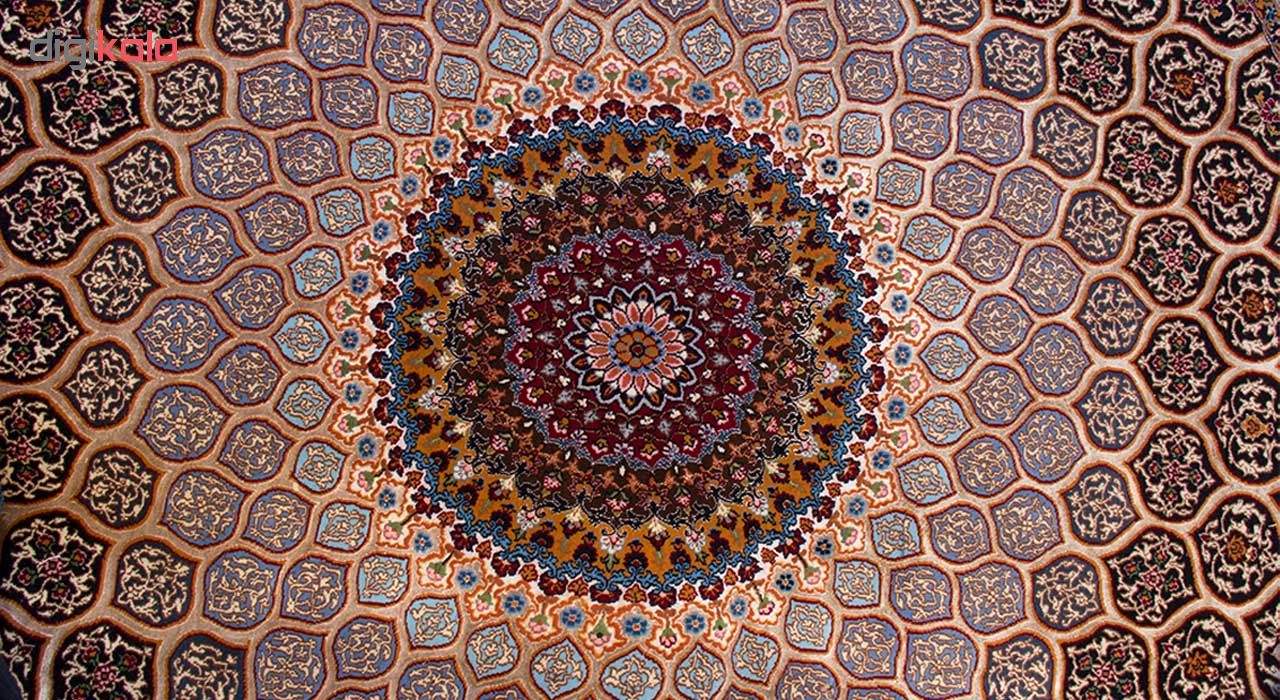Uncategorized
Isfahan carpets
The city of Isfahan is positioned in the center of Iran between the Zagros Mountains on the left and the desert on the right. Although the city is industrial, it is a tourist center because of its history. Architecturally, the city is a masterpiece is one of the best in the Islamic world. The Iman square with two mosques along with the palaces, parks and ancient bridges are an inspiration for artists creating oriental art. During the Safavid dynasty (1502-1736) Isfahan was the capital of Persia. This era was the best for artists, particularly in this city, both architecturally and craftsmanship, and that is why Isfhan carpets have a great reputation in the world.
Isfahan carpets are normally knotted in both silk and cotton with more than 1,000,000 knots per mg. many artists in Isfhan in addition to inspirations from Persian poets ( Rumi, Hafez, Attar), nature, and spiritual hints that are embedded in the culture, also use traditional motifs inspired by the architecture and tiles that decorate the palaces of this great city.
Whether classic or modern, Isfahan carpets are extremely charming; the toning down of colors, especially the elimination of strong reds, make them compatible with Western interiors. Besides red, other common colors used for Isfhan carpets are blue and cool beige. Traditional Isfahan patterns are Shah Abbas, vase, tree of life, and figured patterns, but the most important are inspired by the famous mosque of Shah Luti Allah in Isfhan in the forms with a central circular medallion.
Isfahan carpets enjoy great class when it comes to pattern composition, materials and designs. Importantly, these carpets have an exceptional quality of silk and wool (called Kork wool in Iran) because of the Persian (asymmetrical) knot style.
The antique carpets created in Isfhan are colorful and rich in tone, and some antique examples were referred to in Western Europe as “Polish carpets.” This nickname refers to carpets knotted with silk, gold, and silver threads in Persia during the 16th and 18th centuries and were exported to Polish-Lithuanian colonies. They were commissioned by Polish nobles, some of whom were later sold to Western European buyers who were convinced they were Polish.




